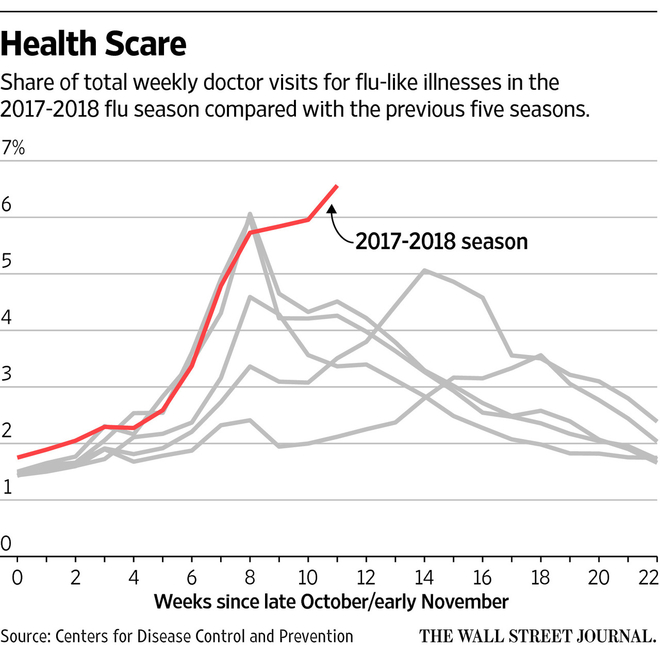It’s week seven. The weather is weird. Classes are weird (a.k.a. midterm season never ends). All you want to do is sleep. But before you take that “20 minute nap” that becomes a five-hour slumber, be sure to read up on this week of science news.
5G cellular networks heading to Dallas, Waco and Atlanta
Why does this matter to me, a Northwestern student hundreds of miles away from these places?
Well for starters, AT&T, who is introducing these 5G networks, will be taking them to about a dozen locations by the end of 2018, and it would be a bit of a shock if Chicago didn’t find its way into that list of test cities.
Something to look forward to then! But what even is 5G?
5G is the next generation of network connection after 4GLTE. It will be 10 times faster – 10 gigabits per second versus the measly one gigabit per second of 4GLTE. With these speeds, you could download an HD movie in seconds. Additionally, 5G will accommodate the tens of billions of internet-connected devices that will infiltrate every facet of our lives by 2020 with the bandwidth required for an increasingly internet-dependent world. (For reference, there are only a few more than six billion of such devices currently connected to the internet.)
Buffering on Netflix might just be a thing of the past.
Since the dozen locations are only test cities, when can I expect mainstream 5G for the summer, when I’m not downloading movies next to Willie the Wildcat?
The experts think this will happen in 2020, so the new decade really will be when we start to live in a lag-free future.
This year’s flu season is terrible
If you have been living on campus the last few months, this news is probably not a huge surprise.
What makes this season so bad?
One of the main reasons is that both influenza A and B virus strains are currently circulating. Generally, only one circulates at a time, depending on the season.
The vaccine against the flu is also quite ineffective relative to previous years. The vaccine is usually 40 to 60 percent effective, whereas this year it is about 36 percent effective overall and only 25 percent effective with the influenza A virus strain.

Flu Season 2018
Photo by Centers for Disease Control and Prevention
I have five midterms, four papers, three club meetings, two readings and one 30-hour Dance Marathon coming up. How do I protect myself?
First things first, find comfort in the fact that you are not alone in your endeavor to be the busiest Northwestern student; we’re in this together. Cue the song that probably just popped into your head.
Second, follow these steps from the Centers for Disease Control and Prevention:
1.Get the flu shot. Even though it may not be the most effective vaccine, 36 percent is better than being totally exposed. 2.Take actions to avoid getting sick – a.k.a. wash your hands and try to keep your hands out of your eyes, mouth and nose. 3.Follow your doctor’s instructions. Seriously, we all may have WebMD and some of us may be premed, but don’t self-treat when you’re already paying for health insurance. That’s just a waste of money.